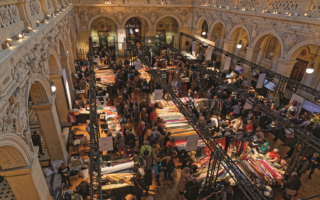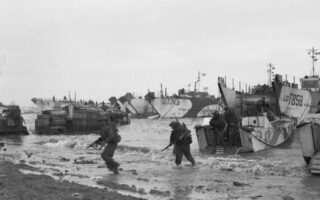French Department Focus: Manche, Normandy
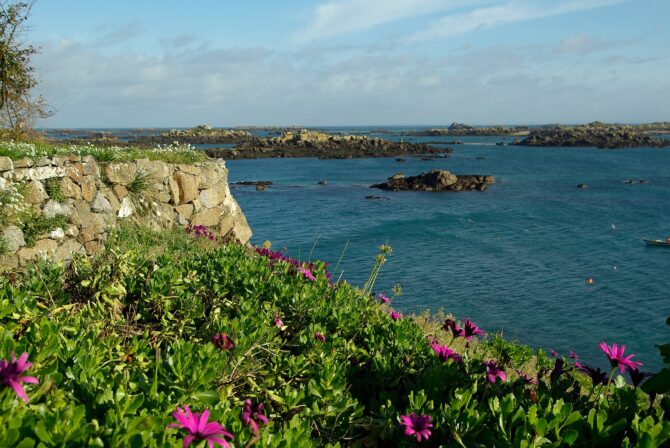
Well known as the home of Mont-Saint-Michel and Utah Beach, its sweeping coastline also makes it perfect for an uplifting seaside break…
Dominated by its proximity to the sea, with over 355km of coastline, Manche even shares its name with the nearby English Channel (La Manche) which separates it from Cornwall and Dorset, to which it was once joined. The Cotentin Peninsula constitutes a significant portion of the relatively narrow département. The area has long been agricultural in character, in part due to mild winter temperatures thanks to its oceanic climate, with the west coast notably warmed by the Gulf Stream.
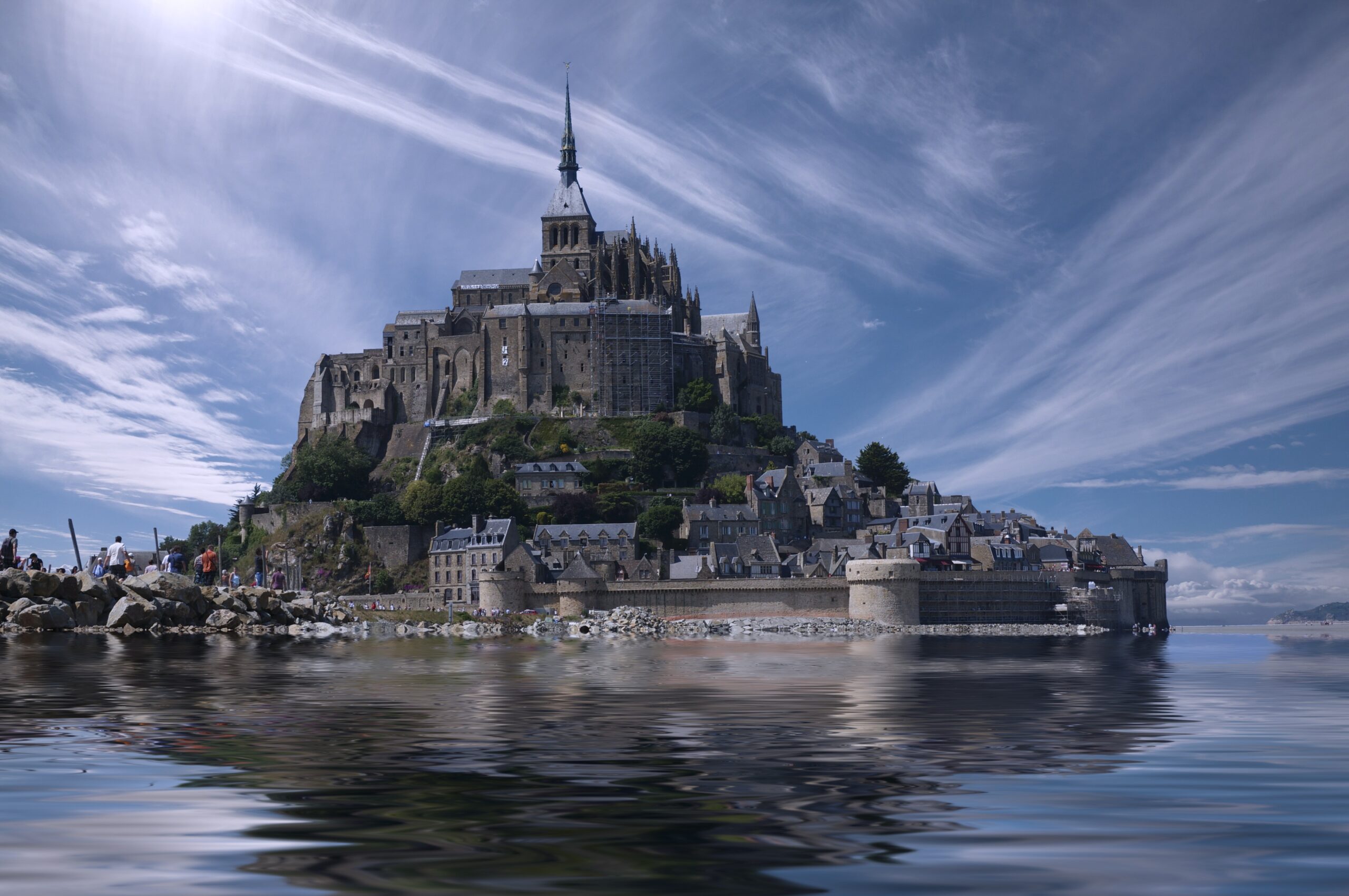
One of France’s most famous landmarks, the sanctuary on Mont-Saint-Michel was constructed back in the 8th century after Saint Aubert experienced a vision of Saint Michael. The rocky tidal island itself, however, was of strategic importance long before that. The Unesco-listed mont with only around 50 permanent residents receives over two million visitors every year and remains one of the most photographed spots in all of France. Much more recent, but arguably just as historically important, is Utah Beach. One of the key locations during the Battle of Normandy in World War II, the beach saw US troops landing as part of the Allied efforts on D-Day, taking little over an hour to secure the location for the Allies. The Utah Beach D-Day Museum is a popular place to learn more about the landings and the sacrifices that were made.
The largest town in Manche is Cherbourg (or Cherbourg- Octeville, or more recently Cherbourg-en-Cotentin to give it its full name). The town has long been an important and strategic harbour, cited as one of the “keys to the Kingdom” by Vauban and remains an arsenal of the French Navy to this day. Many pass through the town immortalised by Jacques Demy in his 1964 film, Les Parapluies de Cherbourg, having arrived on one of ferry services from Poole or Portsmouth, but it’s worth exploring in its own right, with lots to see including the medieval Basilica of Sainte- Trinité, the Château des Ravalets and the fascinating Cité de la Mer museum – home to the nuclear submarine Le Redoubtable. There’s also the umbrella museum, of course.
The other main towns of Manche are Coutances and Saint-Lô, both of which have been prefecture of the département. Saint-Lô was originally the capital but was temporarily replaced by Coutances when it was almost totally destroyed during World War II, earning the moniker Capital of Ruins. Since 1953 Saint-Lô has been restored as the capital and is also known for being the horse breeding capital of Normandy with one of the largest studs in France. Coutances is home to the impressive Gothic Cathédrale Notre-Dame de Coutances, botanic gardens and a popular annual jazz festival- Jazz Sous Les Pommiers.
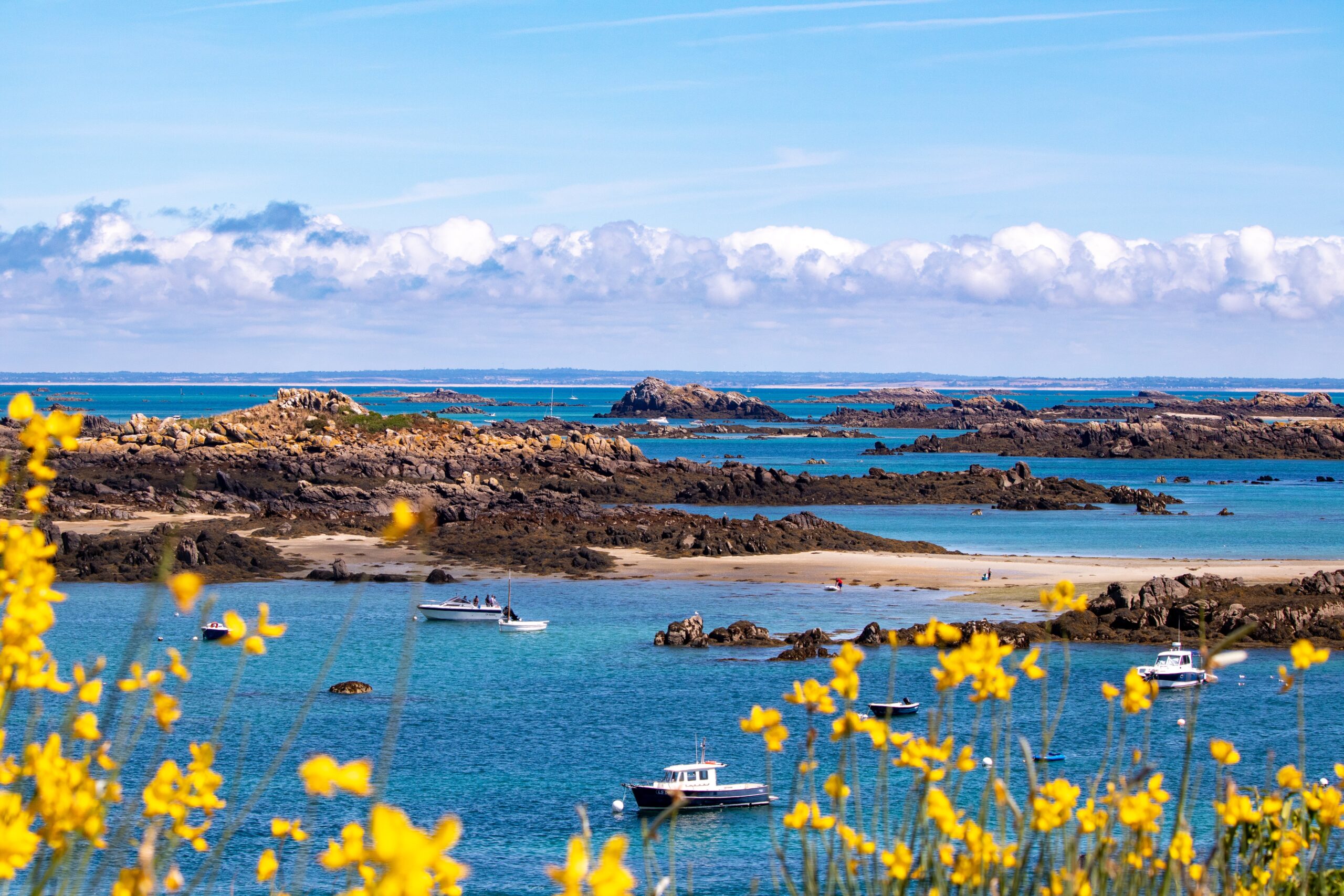
The Chausey islands lie 17km off the coast of Granville – childhood home of fashion designer Christian Dior. The archipelago is largely uninhabited, with just 30 or so people living on the only one that is occupied – the largest of the islands Grand Île. The name is deceptive, given that it only measures 1.5km by 0.5km, but the island welcomes tourists aplenty, happy to enjoy its seafood, beaches and water activities. One of Manche’s other islands is tiny Tatihou, which sits off the coast close to Saint-Vaast-la-Hougue, accessible only by amphibious craft, small boat or when the tide is right, on foot.
Visitor numbers are limited to 500 a day. This is partly due to the island’s great ornithological importance as a stopping point for many species of migrating birds. Whether you are an outdoor enthusiast, a birder or a history buff, there is plenty to see and do in Manche.
Share to: Facebook Twitter LinkedIn Email
More in Normandy

